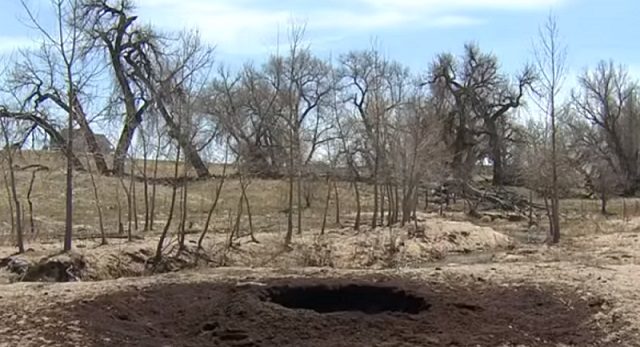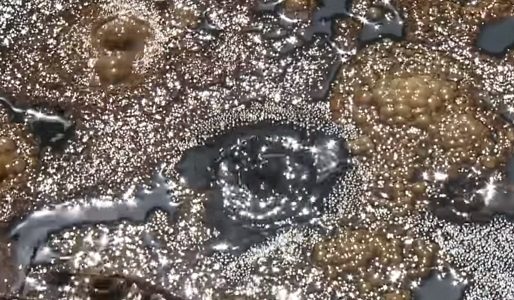OF THE
TIMES
Heaven and hell are eternal places because they are always present at the extremes of human existence, for better or for worse. People are constantly choosing between them, although they are generally not conscious of that in an articulated manner.
Over the years the Russian admin has learned all its lessons well. Their biggest, IMO, was learning that their information would not be seen or...
And we all wonder why america is fucked? Attacking people protesting a modern genocide? These protestors need protecting. Quite a few US sites are...
Yeah Perfidious Albion. That includes the whole of Great Britain, Blake was right. Then and now. How will telling me I'm intolerable help our...
The people cannot really complain too hard when they allow unelected and treasonous criminals to pull the levers of power, making themselves...
This warmonger with a fake name is a war criminal and the ICC has to do their job. If the ICC won't do it then it will be up to the people to do...
To submit an article for publication, see our Submission Guidelines
Reader comments do not necessarily reflect the views of the volunteers, editors, and directors of SOTT.net or the Quantum Future Group.
Some icons on this site were created by: Afterglow, Aha-Soft, AntialiasFactory, artdesigner.lv, Artura, DailyOverview, Everaldo, GraphicsFuel, IconFactory, Iconka, IconShock, Icons-Land, i-love-icons, KDE-look.org, Klukeart, mugenb16, Map Icons Collection, PetshopBoxStudio, VisualPharm, wbeiruti, WebIconset
Powered by PikaJS 🐁 and In·Site
Original content © 2002-2024 by Sott.net/Signs of the Times. See: FAIR USE NOTICE


And how did the gas ignite to where there was burnt ground? lightning? or does the gas escaping give the appearance of "heat?"